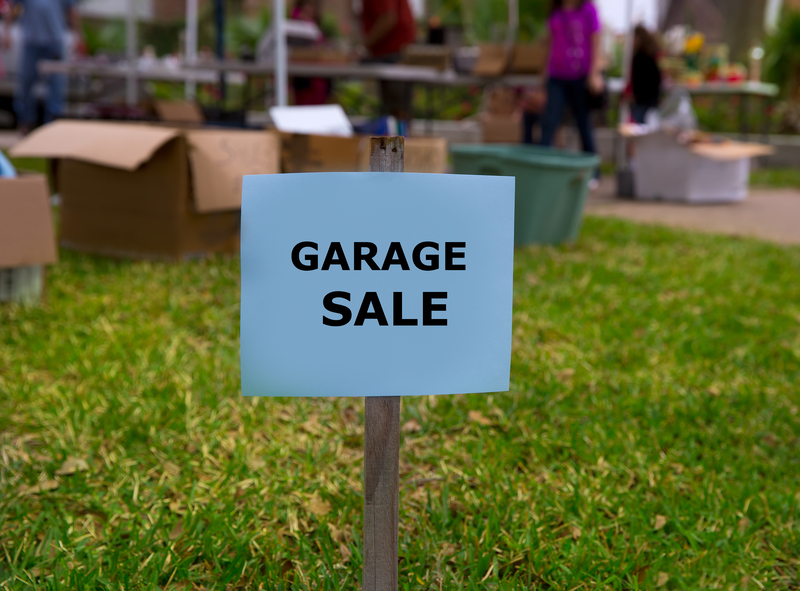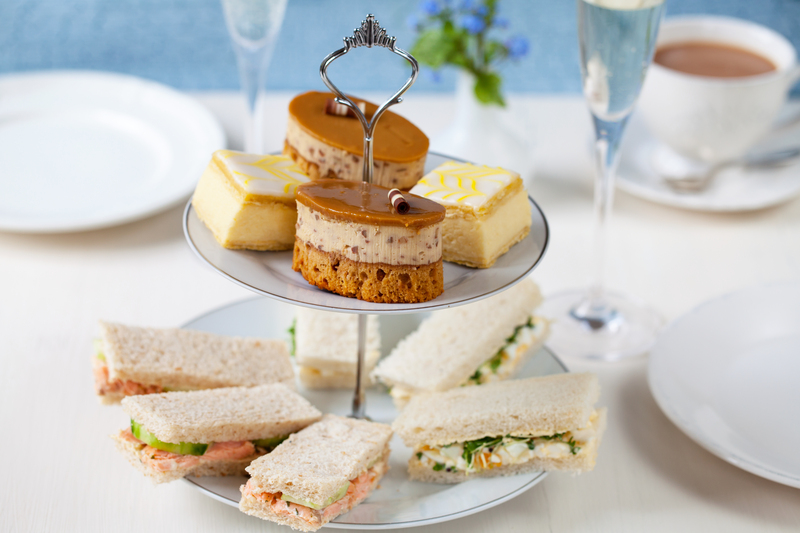Green Alternatives for Kid's Toys
Posted on 02/11/2024
In recent years, concerns about environmental sustainability have driven significant changes in various industries. One area that has garnered increasing attention is the manufacture and purchase of children's toys. Parents and guardians are seeking eco-friendly alternatives that reduce harmful environmental impact while providing safe, engaging, and educational experiences for their youngsters. This article explores various green alternatives to traditional children's toys, examining the materials, brands, and strategies that parents can adopt in their quest for sustainability.
Why Opt for Green Toys?
The importance of selecting eco-friendly toys cannot be understated. Traditional toys, predominantly made from plastics and other non-biodegradable materials, contribute significantly to environmental pollution. They often contain harmful chemicals like BPA, phthalates, and lead, which pose health risks to children. By choosing green toys, parents can minimize their carbon footprint and ensure safer play experiences. Additionally, many eco-friendly toys are designed to be durable and long-lasting, reducing the frequency with which they need to be replaced and thus decreasing overall waste.

Materials for Green Toys
Wood
Wood is one of the most popular materials used in green toys due to its biodegradability and renewable nature. Toys made from sustainably sourced wood, particularly those certified by organizations like the Forest Stewardship Council (FSC), ensure that forests are managed responsibly. Well-crafted wooden toys, such as building blocks, puzzles, and dollhouses, are known for their durability and timeless appeal.
Organic Cotton
Organic cotton is another excellent material for eco-friendly toys. It is grown without the use of harmful pesticides and synthetic fertilizers, making it safer for both the environment and the children who play with these toys. Stuffed animals, fabric books, and plush toys made from organic cotton are soft, durable, and free from toxic dyes.
Bamboo
Bamboo is a rapidly renewable resource, growing much faster than traditional hardwood trees. It is also biodegradable and highly durable, making it an ideal material for green toys. Bamboo toys include stacking games, educational tools, and even ride-on toys, offering a wide range of options for eco-conscious families.
Recycled Materials
Recycled materials, such as plastics and fabrics, are increasingly being used to manufacture eco-friendly toys. These materials are repurposed from consumer waste, thus reducing the need for virgin resources and minimizing landfill waste. Brands committed to sustainability are producing toys like outdoor play sets, art supplies, and even board games using recycled materials.
Naturally Dyed Fabric
Toys made from naturally dyed fabrics utilize plant-based dyes, which are free from harmful chemicals. These toys are not only safer for children but also better for the environment, as the dyeing process has a lower ecological footprint. Examples include play mats, dress-up clothes, and soft dolls.
Brands Leading the Way
Several brands have emerged as leaders in the green toy movement, combining innovative design with sustainable practices. Here are a few noteworthy names to consider:
PlanToys
PlanToys is renowned for its commitment to sustainability and child development. The company uses rubberwood, a byproduct of the latex industry, to create a wide range of educational and imaginative play toys. Additionally, PlanToys employs water-based dyes and recyclable packaging, further reducing its environmental impact.
Green Toys
Green Toys is a brand that focuses on producing toys from 100% recycled plastic, primarily sourced from milk jugs. Their product range includes everything from kitchen sets to vehicles, all manufactured in the USA to minimize carbon emissions from transportation. Green Toys are also free from BPA, phthalates, and lead, ensuring safe play.
Hape
Hape is a global leader in wooden toy manufacturing, committed to sustainability and safety. The brand uses FSC-certified wood and non-toxic, water-based paints. Hape's extensive product lineup includes everything from building sets and musical instruments to puzzles and role-playing toys.
BeginAgain
BeginAgain crafts toys from a combination of sustainable materials, including rubberwood, organic cotton, and recycled plastics. Their products are designed to foster creativity and learning while encouraging a connection to the natural world. BeginAgain's focus on eco-friendly practices and educational value makes them a favorite among conscientious parents.
DIY Green Toys
In addition to purchasing eco-friendly toys, parents can involve their children in creating DIY green toys from household items and natural materials. This not only promotes sustainability but also provides valuable bonding experiences and educational opportunities. Here are some simple ideas:
Cardboard Creations
Old cardboard boxes can be transformed into a variety of toys, such as forts, cars, or even dollhouses. With a little paint, markers, and creativity, the possibilities are endless.
Natural Playdough
Homemade playdough can be made from simple ingredients like flour, salt, water, and natural colorings (such as beet juice or turmeric). This non-toxic alternative is safe for young children and can be composted after use.
Nature-based Craft Projects
Collecting items like pine cones, leaves, and stones during outdoor adventures can inspire a range of craft projects. Children can create nature collages, paint rocks, or build fairy houses, all while developing an appreciation for the natural world.

Educational Benefits of Green Toys
Beyond their environmental advantages, green toys offer numerous educational benefits. Many eco-friendly toys are designed to encourage open-ended play, which fosters creativity, problem-solving skills, and cognitive development. For instance, wooden building blocks can be used to construct various structures, while natural playdough can help improve fine motor skills and hand-eye coordination.
Moreover, green toys often emphasize the importance of nature and sustainability, teaching children valuable lessons about environmental stewardship. Toys that incorporate elements of the natural world, such as gardening kits or nature exploration sets, inspire curiosity and a sense of responsibility toward the environment.
Conclusion
As awareness of environmental issues continues to grow, it is essential for parents and guardians to consider the impact of their purchasing decisions, especially when it comes to children's toys. By opting for green alternatives, families can contribute to a more sustainable future while providing safe, engaging, and educational play experiences. Whether through purchasing eco-friendly brands, making DIY toys, or selecting products made from sustainable materials, there are numerous ways to support green living and foster a love for the environment in the next generation.




